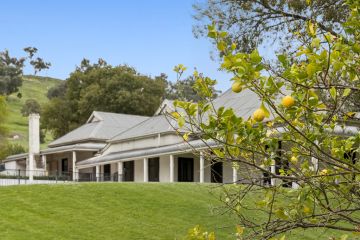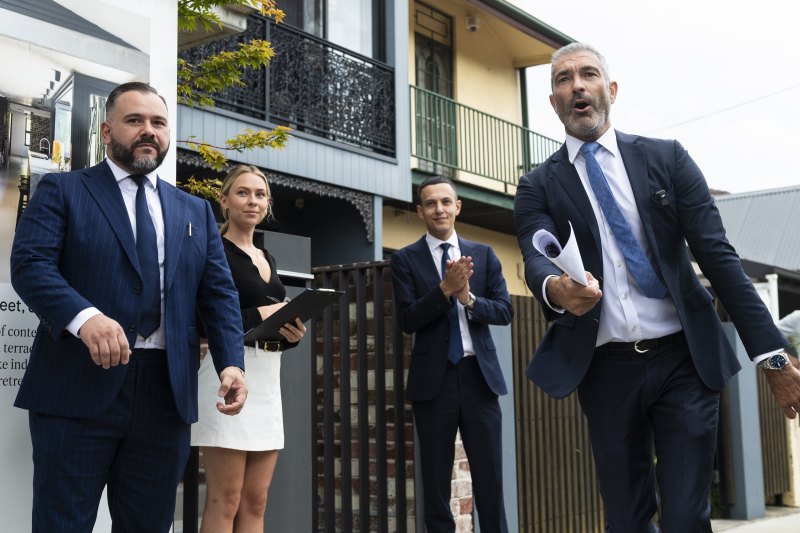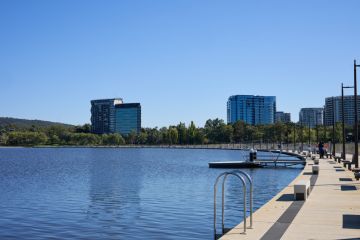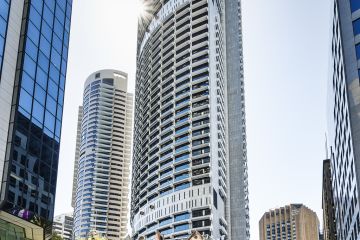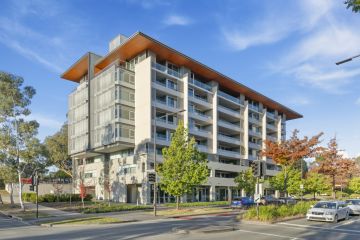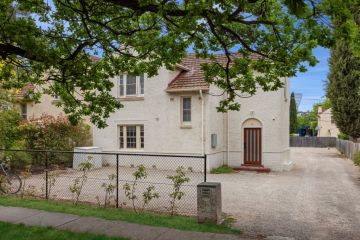South Yarra renovators are Melbourne's biggest spenders
South Yarra homeowners are Melbourne’s biggest spenders on renovations, having committed almost $24 million improving their properties this year.
Residents in Albert Park have also been busy extending their homes, with nearly $18 million of alteration and renovation work approved during the first four months of 2015 on additions from lavish aerial swimming pools down to basement living areas.
Perhaps inspired by reality TV shows such as The Block, Melbourne remains the renovation capital of Australia, with the total value of approvals up 13.2 per cent over the year, according to data from the Australian Bureau of Statistics.
Taking a closer look, Domain Group senior economist Andrew Wilson said most of the spend was recorded in inner-suburban areas, including Boroondara, Stonnington, Bayside and Port Phillip.
And, given the underlying strong prices growth over the long term in those areas, people were “willing to capitalise without the fear of spending too much on the property”, he said.
The municipalities that have registered the most renovation commitments also have many homes that are protected by heritage laws.
“Because the City of Port Phillip has a significant portion of its properties covered by heritage overlays, demolition of property is typically not an option so as to protect the heritage qualities of buildings,” Bernadene Voss, acting major at the City of Port Phillip, said.
“Heritage controls in highly desirable places to live also encourage homeowners to make improvements to their existing dwellings instead of buying in new areas.”
iFrameResize({resizedCallback : function(messageData){}},’#pez_iframe’);
*Graphic: South Yarra (West) SA2 breakdown
It appears that Melburnians are also more keen to renovate their homes than Sydneysiders, committing 48.5 per cent extra on alternations and renovations during the period than the harbourside city.
Even The Block, which originated in Sydney, has been hosted in Victoria since May 2013.
Julian Cress, co-creator and executive producer of The Block, said Melburnians were particularly house proud and interested in being “on trend”.
Filming the show, he has found that the development approval process in Melbourne was faster than in Sydney.
“Approvals often get held up in council in other parts of Australia because there’s more of a ‘not in my backyard’ attitude from the neighbours,” Mr Cress said.
“Whereas in Melbourne, I find that people look at what we’re trying do with our show and the sort of projects that we want to undertake, and the style and the look of them, and really welcome it.”
Architect Nicholas Murray has transformed many homes in blue-ribbon Albert Park, including the landmark $12 million Hollyford mansion in St Vincent Place, owned by BRW Rich List alumni and former Hawthorn Football Club director Geoff Harris.

He has recently been tasked with renovating a balcony terrace in the same street, which includes a basement and an aerial swimming pool that cantilevers over the backyard.
“The reason we put pools upstairs is because there’s just no room [on the ground],” Mr Murray said.
“Basements are very common in the suburbs because people like to park lots of cars underneath, but the basements we’re doing in and around Albert Park are more for habitable rooms; [such as] living rooms and gyms.”
Overall, Mr Murray said there was a resurgence in natural materials, and lifts were popular additions for those who wanted to “future-proof” their homes.
And architect Robert Mills said there was also demand for more en suite bathrooms, even if meant squeezing them into tighter spaces.
“Whereas generally bedrooms three and four shared a bathroom, today they’re installing an en suite for each bedroom if there’s room,” he said.
“And if you’re clever with space, you can create an en suite in a very, very little area.”
Renovators are now also more ambitious than in the past as they become aware of technology and building materials that weren’t available five years ago, Mr Mills said.
In areas where there is a preference to renovate rather than relocate, architect Travis Walton has also seen more major works being done.
“People are renovating their period homes with modern extensions on the back rather than building a brand new house from scratch,” he said.
“If you have an older home, people are generally opening up their living spaces to the garden, bringing the light and landscape into the building.”
And in higher density areas, architects are being tasked with creative ways to draw natural light in to the home.
“We’re seeing quite interesting architecture responses in terms of voids in the middle of buildings, dragging sunshine from two floors up down to the ground-floor spaces,” Mr Walton said.
Light shelves also help to reflect daylight into the building, as opposed to just having direct light, he said.
This could be useful for young families in South Yarra who, according to Nathan Waterson of Jellis Craig, were adding another storey to their houses for more children’s bedrooms, and building deeper into their backyards for more living space.
He said downsizers who were moving closer to the city were also extending their homes to take advantage of city views.
But already-renovated homes come with a premium. Mr Waterson said an unrenovated double-fronted South Yarra house was priced in the “early-$2 million”, whereas a renovated property would cost more than $3 million.
We recommend
States
Capital Cities
Capital Cities - Rentals
Popular Areas
Allhomes
More
- © 2025, CoStar Group Inc.
